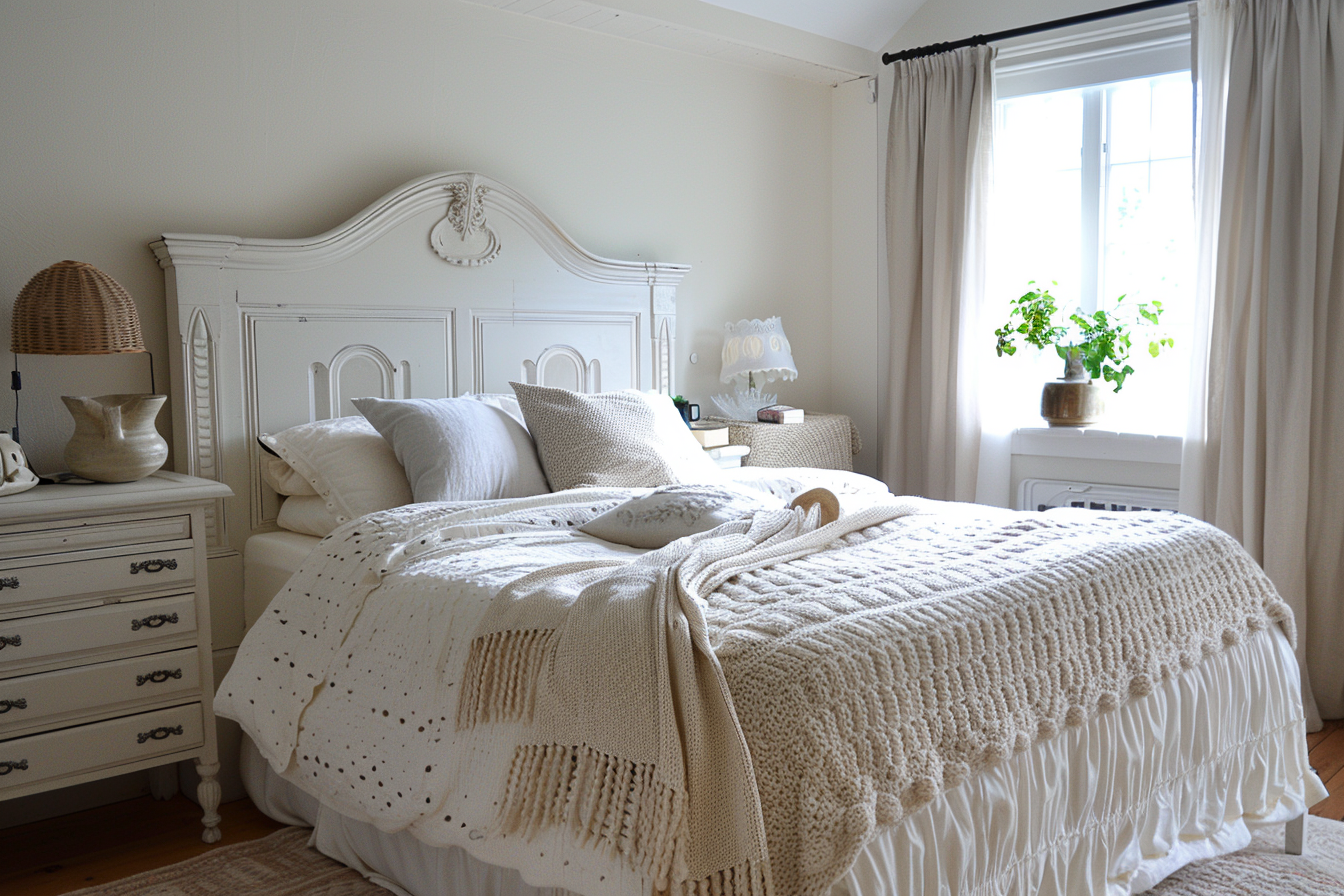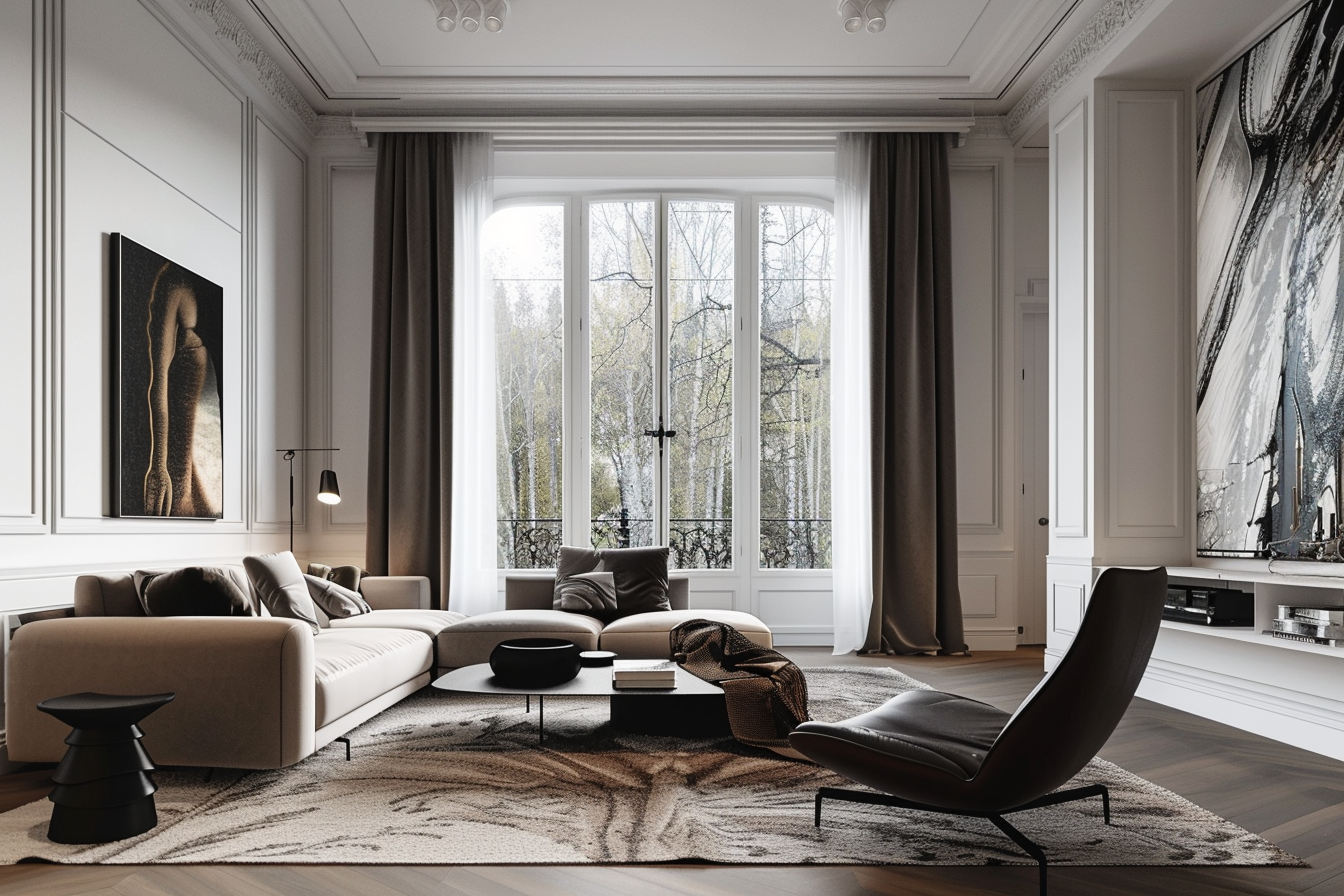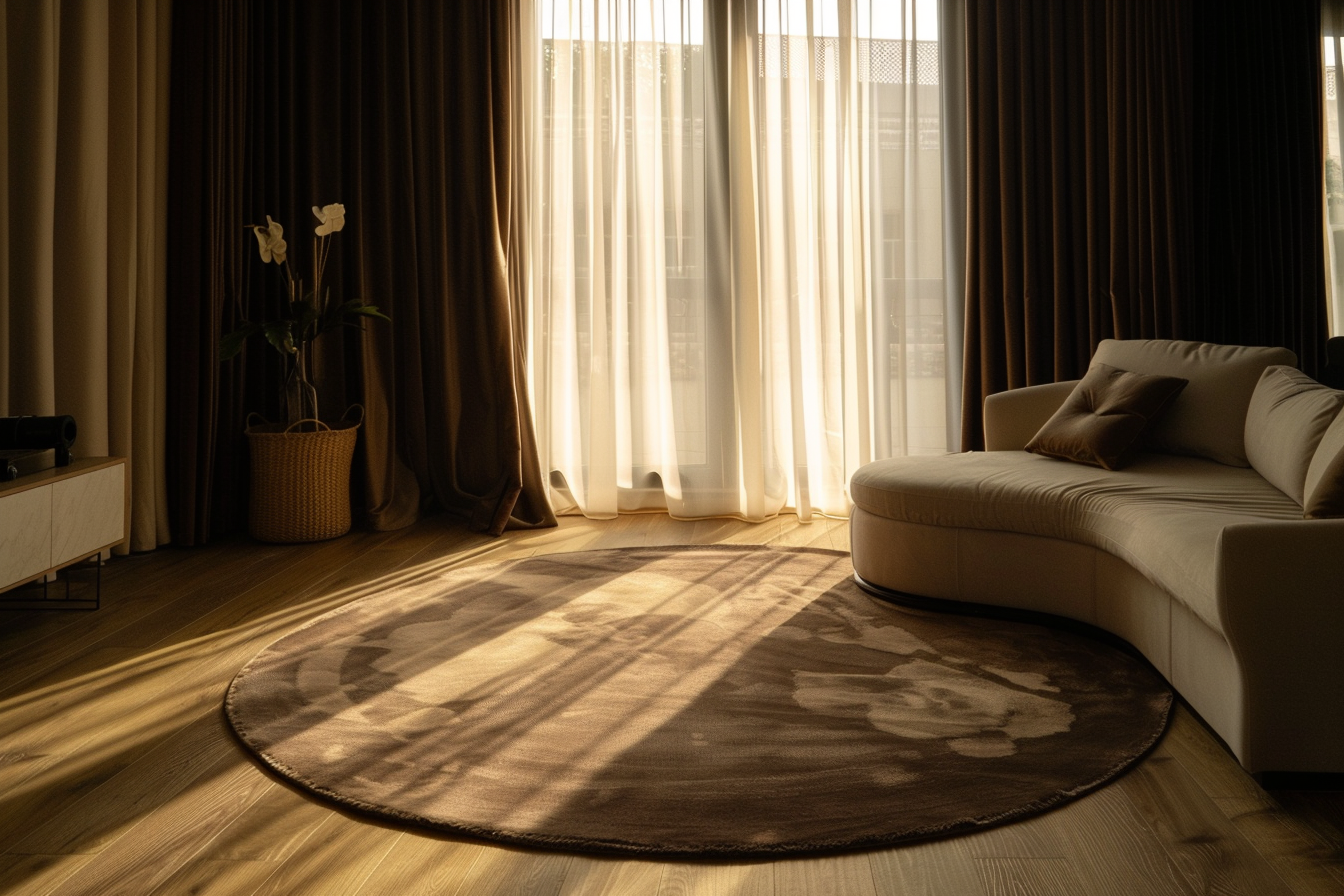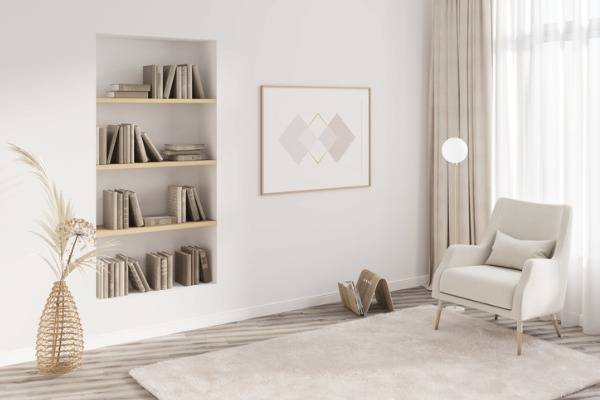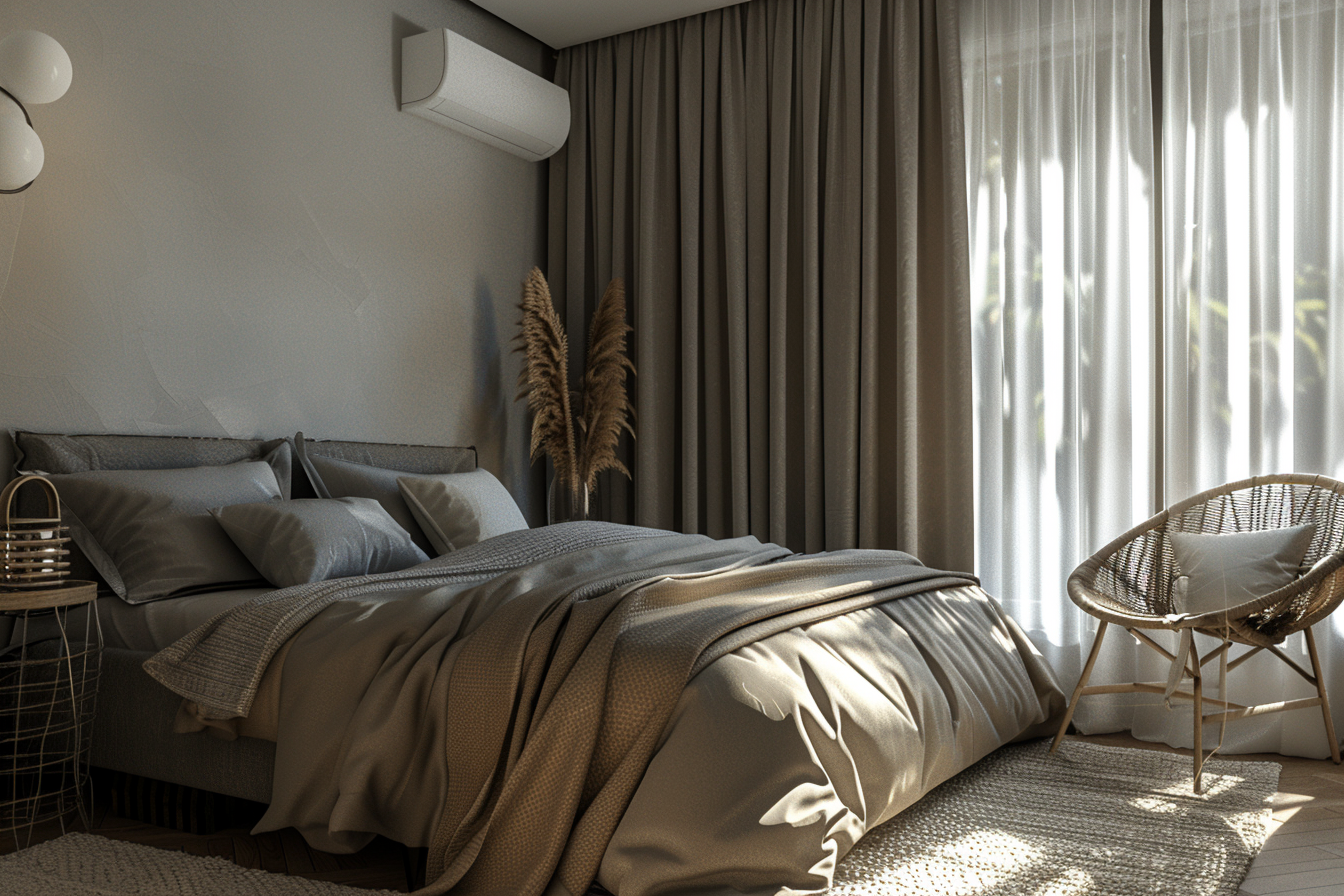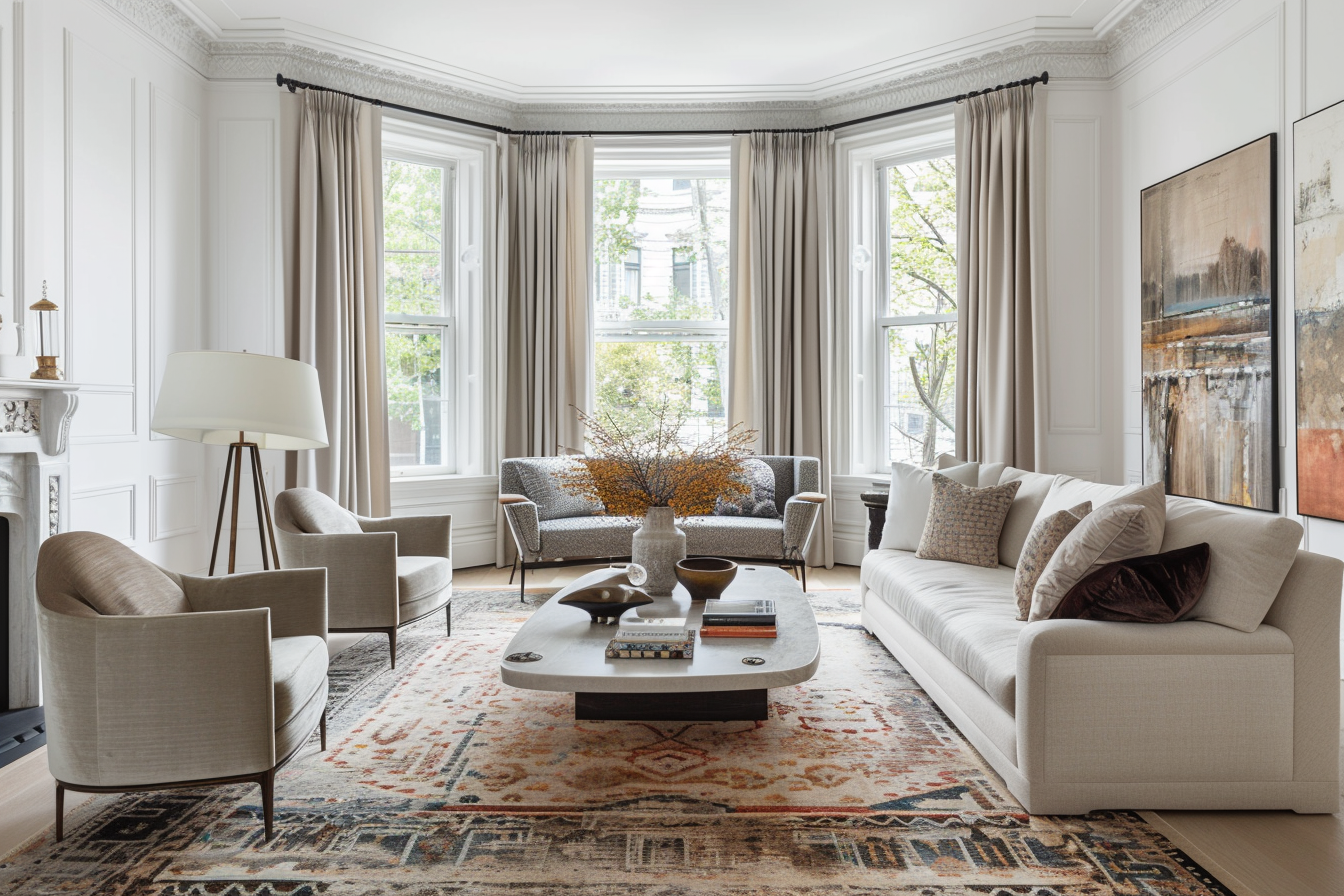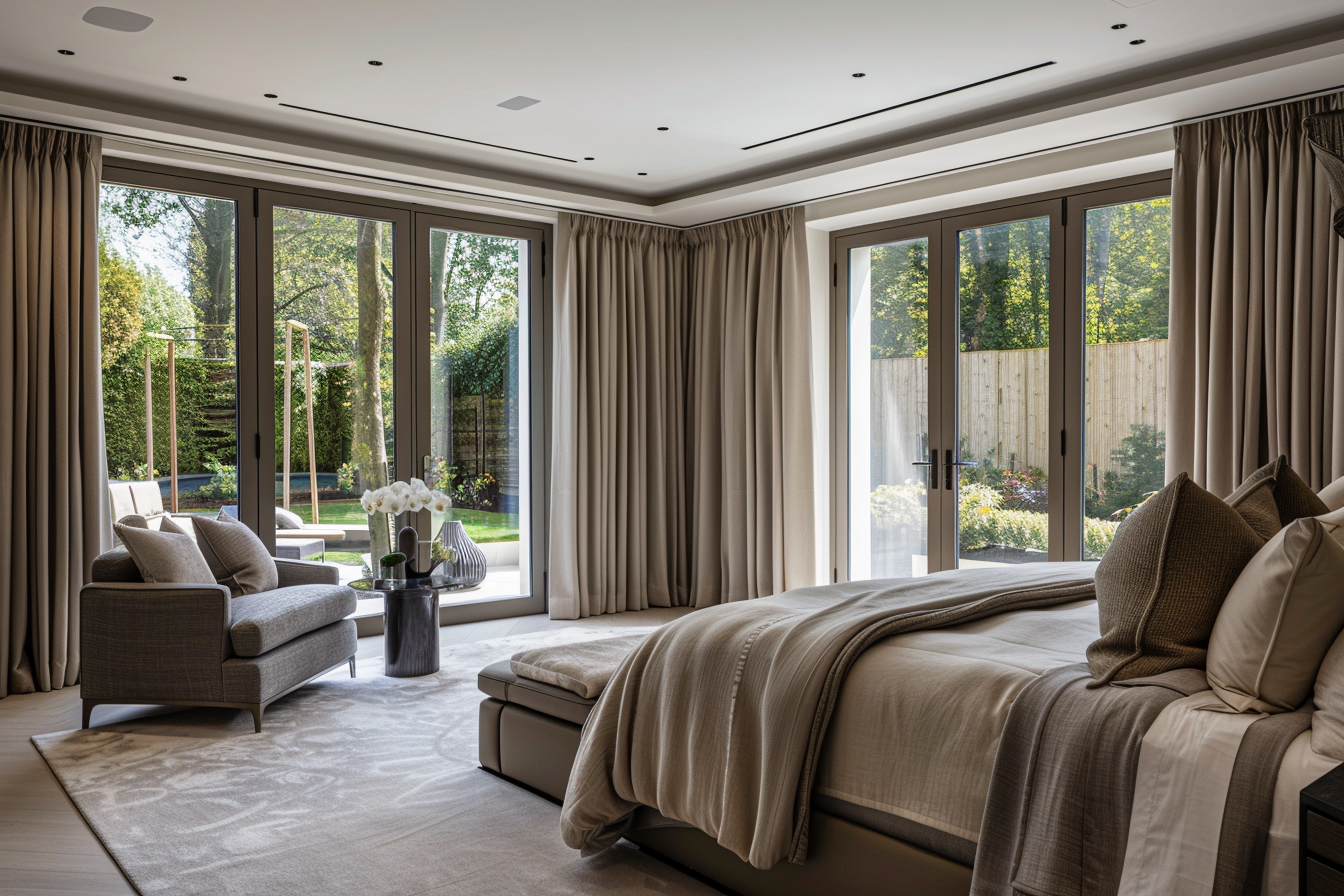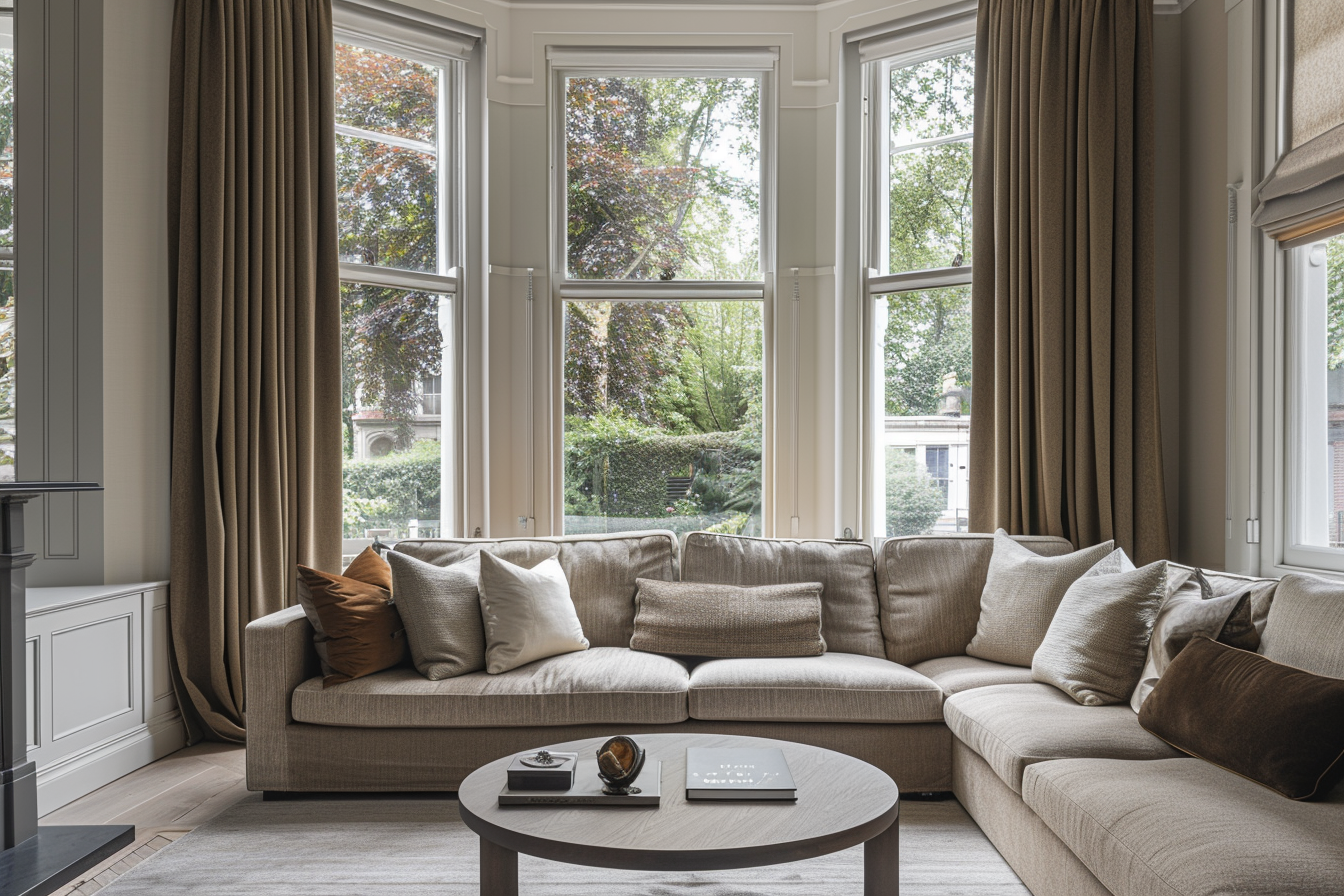All those types of window coverings you see around the house or in fancy shops may look similar to you, but in fact there are many different types of pleated curtains, and choosing one will depend on what the finished pleated curtain needs to do for the room or window treatment. In fact, choosing one depends on whether or not it meets specific functions that each design performs.
Draperies and curtain pleats come in many different styles, patterns, colors and materials to provide any space with the softness and style it needs. They’re also one of the simplest ways to turn a simple curtain into a statement piece.
We’ll explore the different types of curtain pleats below and discuss how they can be used in your home.
What Are Pleated Curtains?
A pleated curtain is a type of window treatment that features multiple folds of fabric sewn together for a fuller appearance. Pleated curtains are available in a range of different styles and fabrics to suit your tastes.
The pleating process involves folding the fabric over itself multiple times to create tiers of folds. The thickness of each tier depends on how many times the fabric has been folded over itself. Typically, pleated curtains have one or two layers of fabric per tier.
When you hang a pleated curtain, it will fall downward towards the floor and then gently rise up again near the top edge (the ruffle). This creates a textural effect that adds dimension to your windows.
Depending on the style, some pleated curtains have an exposed hem along their bottom edge where you can see all of the folds from outside. The hem may also be covered with piping or frills for added decoration and visual interest. Other styles feature hidden hems so that only part of them show from outside — this gives them more casual appeal than other types of curtains.
Common Types of Pleats
Pleats are a great way to add some flare to your curtains. The classic look of pleats is timeless and can be used in any style of home decor.
The most common types of curtain pleats are:
Single Curtain Pleat: The most common type of pleat, this type of pleat is used when you want a casual, relaxed look for your curtains. To achieve this look, simply fold your curtain in half and tuck the two sides into each other. This will create a single bubble or bump on either side of the curtain.
Double Curtain Pleat: This type of curtain pleat is similar to the single pleat but with two bumps instead of one. It gives your curtains an even more formal look than just one bump would provide! To create this type of pleat, fold your curtain in half like we did before and tuck one side into the other then add another tuck on top of that one so there are two bumps instead of just one!
Box Pleat: This type of pleat is folded into a square shape and then stitched together, creating a rigid and structured look.
Inverted Pleat: This style of pleat is very similar to box, but with the added feature of one vertical fold running down the middle of each piece. This creates a V shape at either end of each fold.
Pinch Pleat: A pinch pleat consists of two rows of small folds that are gathered together in the center of the panel and tacked down with a pin or needle (hence its name). This gives it an elegant appearance without being too bulky or overwhelming in size.
Parisian Drapery Pleat: The Parisian Drapery Pleat is a great choice for those who want their curtains to look like they’ve been professionally tailored. This style features a single row of elegant pleats that run down the center of the curtain.
Grommet Pleat: A grommet pleat is very similar to a Parisian Drapery Pleat, but instead of having a pocket at the top edge, it will have a set of metal grommets. These grommets allow you to easily attach your curtains to your wall or rod without needing any extra hardware.
French Pleat & Pinch Pleated Drapes
French pleats and pinch pleat drapes are both types of drapes that create a pleated texture. They’re essentially the same, but with slightly different applications.
What is a French Pleat?
A French pleat is a type of fabric fold that creates an accordion-like effect in the fabric of the pleated curtain. This allows the fabric to remain flat when it is hung up, but can be pulled out to create more volume in the fabric when needed. This gives you more flexibility with your window treatments so you can choose how much light you want to let into your room while also giving you control over how much privacy you want in your space.
What is a Pinch Pleat?
A pinch pleat is another type of fabric fold that creates an accordion-like effect in the fabric. However, instead of using one piece of fabric folded over on itself like a French pleat does, pinch pleat drapery uses several pieces of fabric folded together to create its accordion-like effect on the pleated curtain.
Uses of Both
French pleats are often used for formal occasions—wedding dresses, for example—because they give a more structured appearance to the fabric. They’re also great for creating depth in curtains because they create folds that can help block light or provide privacy while still letting some light through. Pinch pleated drapes are often used in blinds or shades because they let less light through than French pleated drapes do; however, pinch-pleated drapes tend to look more informal than their French counterpart does.
Double Pinch Pleat Curtains
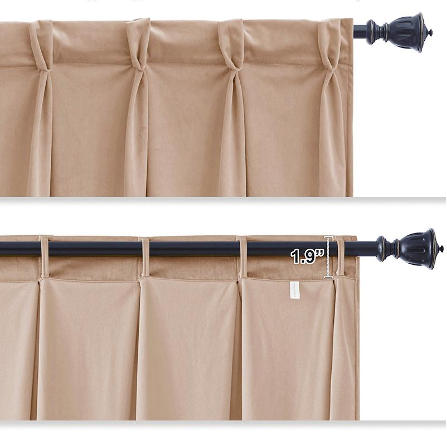
Double pinch pleat curtains are the most common and popular pleat style. They’re made up of two layers of fabric that are folded in on themselves, then sewn together at the top and bottom edges. The result is a wide, flat rope of fabric that hangs down from the curtain rod. There are two types of double pinch pleats: single-fold and double-fold. Single-fold is the simplest kind of double pinch pleat—it’s just one layer folded in on itself. Double-fold looks fancier; it has two folds in it, which makes it look like two pieces of fabric instead of one big piece when you look at it from an angle.
Triple Pinch Pleat Curtains
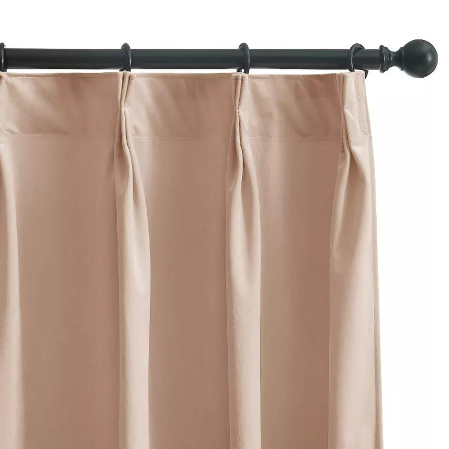
The triple pinch pleat is also gathered, but this time there are three pinches in each curtain panel. This type of pleat is typically used on smaller windows because it allows less light to filter through than the double pinch pleat does. Triple pinch pleat curtains have a more formal look than their counterpart, so they’re best suited for formal rooms like living rooms or dining rooms.
Ripple Fold Drapery
Ripple fold is characterized by a diagonal fold that creates an alternating pattern of waves and creases. It’s an easy way to add texture and interest to your windows without going overboard on frills or other embellishments. Ripple fold curtains also make great room dividers when used in pairs or grouped in multiples along one wall, as they give the illusion of multiple layers without adding bulk or extra weight to the room.
Tailored Pleat Curtains
Tailored pleat curtains are made using interlocking folds sewn into each panel. This creates a crisp line that contrasts nicely with more relaxed styles like ripples or gathers but still adds dimension to your window treatments without being too formal or stiff looking like pleats can sometimes be.
Inverted Pleat Drapes
Inverted pleats are also called “reverse” or “back” folds. They are created by folding fabric so that the outer edge is folded in toward the center of the fabric. This creates a box pleat effect on the inside of your drape panel. That makes it easier to insert rods into them without having them show through on the front side.
Parisian Pleat Drapery
Parisian pleats are made by folding one side of fabric over another side so that they overlap slightly at the top edge of your drape panel. They’re often used for creating valances or curtain tiebacks, although you can also use them as an all-around style for larger windows if you want something more formal than an inverted pleat would provide.
Goblet Pleat Curtains
Goblet pleat curtains have a long rod pocket at the top of each panel that holds the curtain rod securely in place. The bottom edge of each panel has two layers: one layer is folded over onto itself while the other layer hangs down from the rod pocket like a loop or “goblet.” This top layer creates a pleated effect when viewed from above—hence its name!
Goblet pleats are a type of drapery that have a hem that resembles an upside-down wine glass. They are shaped like this so they can hang flat and smooth on either side of the window when they’re being used as curtains. This makes them ideal for windows where light needs to be blocked out but you still want some natural light coming in.
Pencil Pleat Curtains
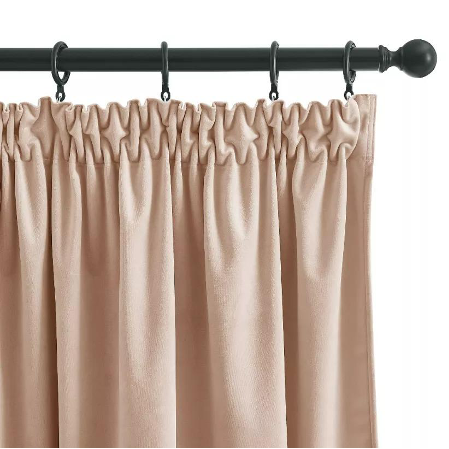
A pencil pleat curtain is a type of window treatment that features thin vertical folds in the fabric that give it its name. These folds are usually made from a single piece of fabric rather than multiple layers sewn together, so the folds will be visible from both sides of the curtain panel. The folds create pleats that look like pencils when viewed from one side, hence the name “pencil pleat.” Pencil pleat curtains are often made from cotton or linen and feature a vertical stitch pattern known as “pencil pleats.” These pleats allow the curtain to fall loosely around the window opening and create soft folds in the fabric.
Pencil pleat curtains are easy to install and use because they’re lightweight and require very little maintenance. They’re also great at blocking out light so you can sleep better at night (or nap during the day).


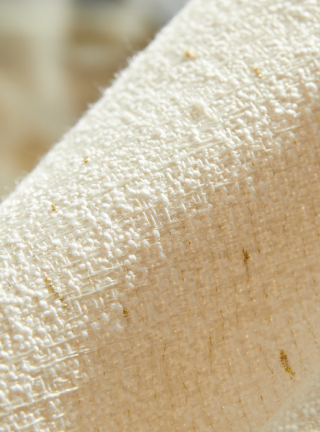
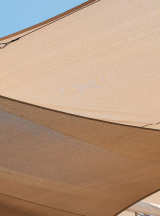
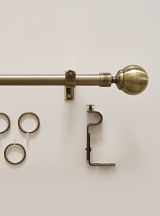
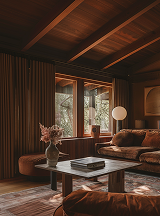
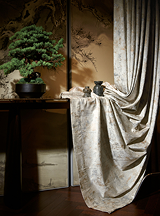
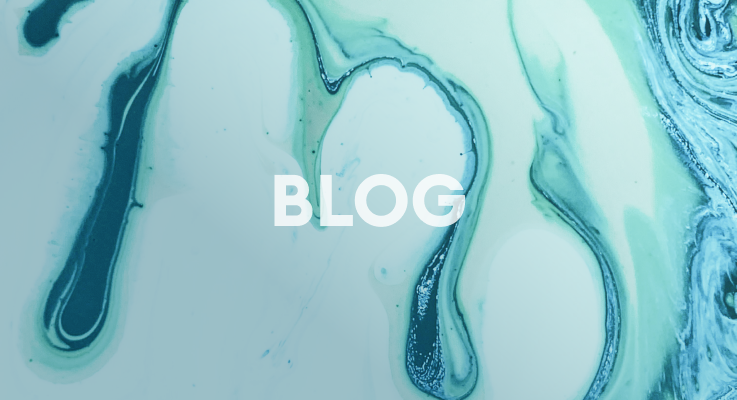






 Loyalty Plan
Loyalty Plan





